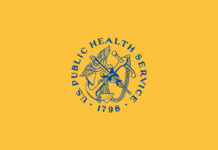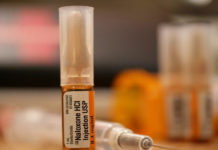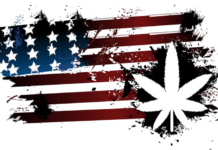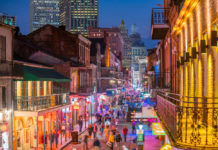dependent on them, according to the National Institutes on Drug Abuse, and 3 of 4 Americans initiate heroin use after becoming addicted to prescription opioids, according to the Centers for Disease Control and Prevention.
Last year, the pharmaceutical industry defeated Proposition 61; The California ballot measure would have placed a price cap on some prescription drug prices. The industry spent more than $109 million, outspending supporters of the prop nearly 6-1.
Earlier this year, Ohio Gov. John R. Kasich signed into law his own efforts to fight the opioid crisis by allowing treatment centers, school and homeless shelters to have easier access to Naloxone, a second-chance drug used to reverse opioid overdoses. The law also applied more accountability to pharmacists by registering them with the Ohio Board of Pharmacy, limited prescription opiates to a supply of 90 days, invalidated prescriptions that hadn’t been filled in 30 days, and removed regulatory hurdles that prevented new methadone clinics.
California Sen. Anthony Portantino (D-La Cañanda Flintridge) also proposed a bill (SB 419) last month that would not allow oxycodone prescriptions for people under the age of 21. The bill looks to shield adolescents from exposure to prescription drugs and if passed, it would be the first legislation of its kind in the United States, according to Portantino’s office.















